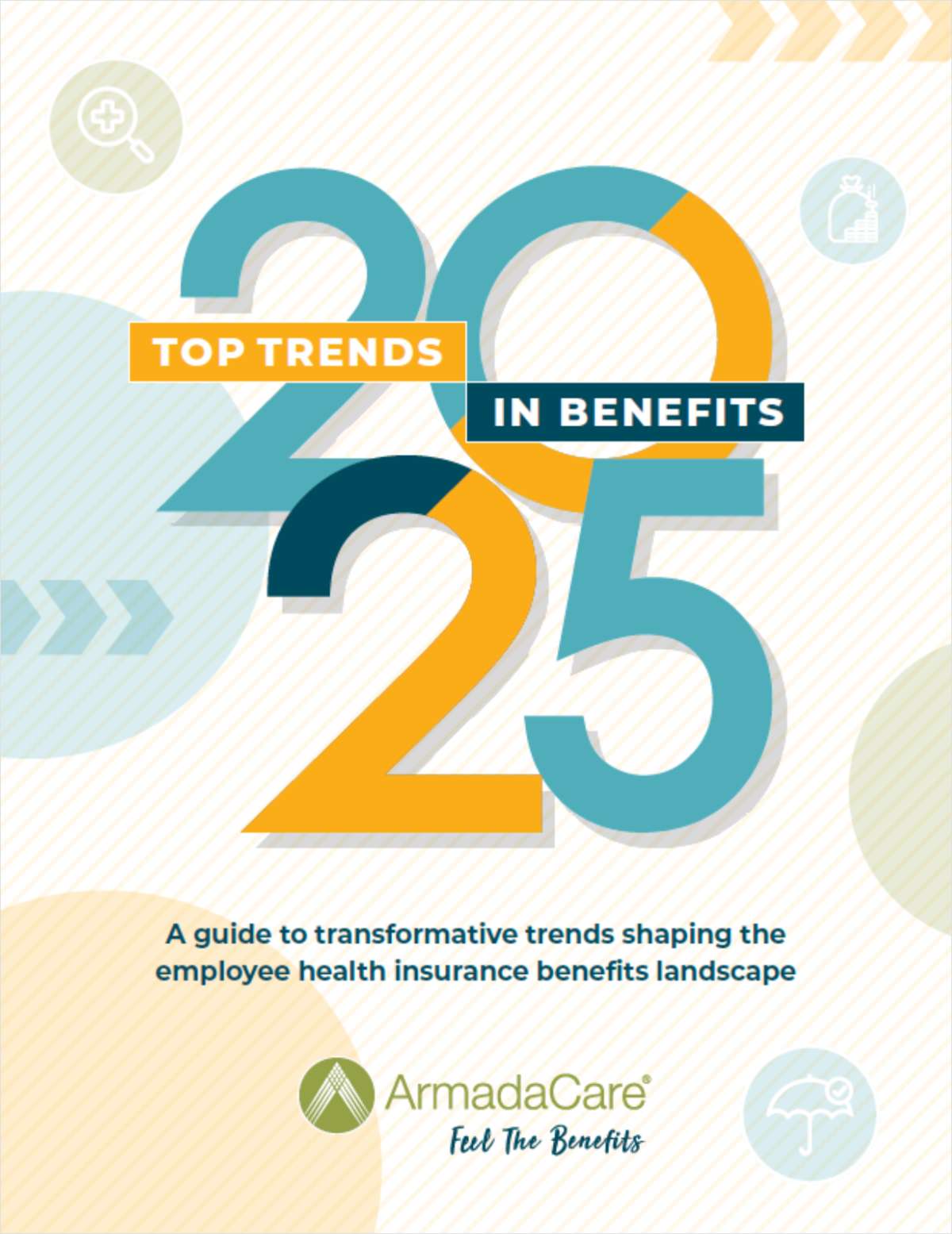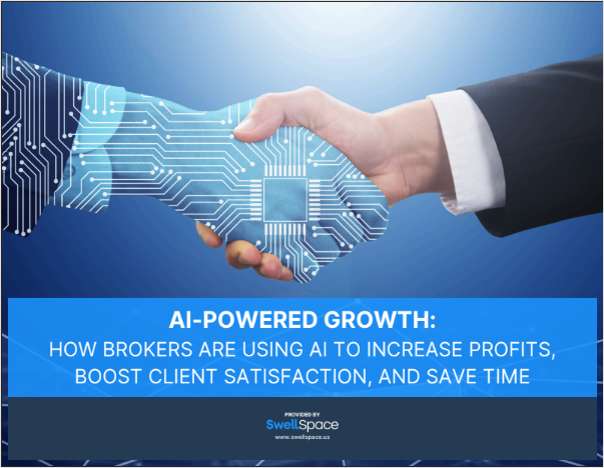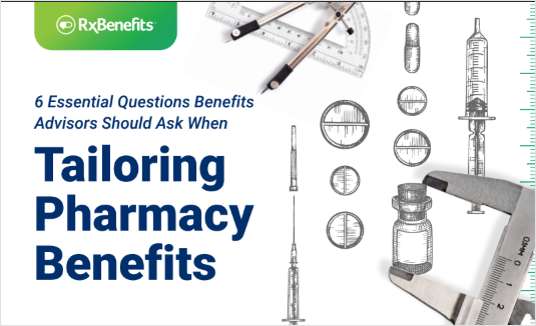Data correlating job satisfaction with employee benefits are rife. Insurance companies regularly show that workers with leaner packages tend to think less of their employers; those with a wider range of available core and voluntary products think more of their employers.
But research from Glassdoor.com – which tracks employees’ views of specific companies’ based on compensation, leadership, perks and more via millions of anonymous reviews – finds that workers may hold benefits in even higher esteem than data from carriers and other sources suggest.
(Glassdoor reports that it earns its revenue from employer job postings; a company spokesperson confirmed that the company has no interest in promoting specific products or carriers.)
According to Glassdoor’s research, workers so value benefit offerings that four out of five said would actually choose additional or enhanced plans options over a pay raise.
And more of today’s employers are often willing to accommodate. For years, employers have been steadily investing more in benefits. Private sector costs accounted for 28.6 percent of total compensation, or $6.69 per hour worked, according to the Bureau of Labor Statistics. And benefits’ share of total compensation was 30.3 percent by June 2016 – nearly a record high.
While the growth may seem slow at first glance, it has dramatically outpaced wage growth since 2005, notes Andrew Chamberlain, Glassdoor’s chief economist, in a blog post.
In all but three quarters since 2005, Chamberlain writes, the value of benefits grew at a faster pitch than wages. In the third quarter of 2014 alone, employee benefits-related compensation jumped more than 7 percent, while average wages increased by just about 2.5 percent.
Highly compensated workers demand richer perks
Chamberlain reviewed more than a decade of BLS compensation data to understand the trend of richer benefits even in a period of wage stagnation. First, it’s important to understand that the growth of this type of compensation is not universal, and is being driven mainly by larger companies in a handful of industries, he says. White-collar industries with highly skilled workers (e.g., professional services, insurance, information services, nursing care facilities, etc.) tend to work for employers that invest more in employee financial protection and physical wellness. Industries employing more low-skilled laborers – retail, wholesale, food services, etc. – have seen these compensation rates remain flat and even decline
Chamberlain says there are several erroneous theories that might seem to explain the benefits evolution. These include the greater payroll tax exposure of pay raises and the steady increase in health care costs. But while both are plausible, neither explains the phenomenon. Chamberlain notes that employer tax exposure hasn’t actually risen enough since 2004 to account for the phenomenon.
And while employers’ health care costs are certainly rising – which could motivate employers to offer voluntary benefits in order to offset the gaps created by cheaper, less robust core health care coverage – Chamberlain thinks that theory is incomplete, given that “wealthier” packages are often limited to certain industries.
Instead, the phenomenon illustrates the economic principle called the “diminishing marginal utility of income,” Chamberlain says.
According to this theory, once workers reach a certain income level, they place less of a value on pay. Instead, other forms of compensation – like benefits that are otherwise difficult to obtain outside of the workplace – become more important. In contrast, lower-wage earners will almost always take the extra cash over greater access to coverage.
“As pay [exceeds] the level needed for the basics, more workers may find themselves earning enough to put pay raises aside and instead negotiate for employer-provided benefits that make huge improvements in the quality of life in the workplace,” writes Chamberlain.
Employers have, in turn, been forced to comply to continue recruiting and retaining top-notch talent.
Health care coverage drives satisfaction
Twitter employees reportedly get three catered meals a day, in addition to such onsite perks as improvisational acting classes and acupuncture. Spotify covers the cost of egg freezing and fertility assistance. Accenture covers the cost of gender reassignment surgery. Its competitor, PwC, gives workers up to $1,200 a year to put toward student loan debt – one of the first companies to start what many industry experts predict will be a widespread, lasting trend.
But for all the innovation in benefits offerings and plan design, health care is still the most important to employees.
The Glassdoor study culled data from roughly 500,000 reviews to reveal the coverages that most satisfy workers, and employer-provided health insurance has by far the greatest effect on workforce satisfaction.
But the recent emersion of diverse and nontraditional benefits can create new challenges for employers deciding where to invest, says Chamberlain, who oversaw Glassdoor’s research.
“Companies should focus on the benefits that matter most to workers — the benefits that offer the biggest bang for the buck,” writers Chamberlain. Comprehensive medical protections “should not be neglected by employers as they consider less-traditional benefits.”
Employers place high value on vision, dental
Other findings jibe with Glassdoor’s: In the 2015 “Views on the Value of Voluntary Workplace Benefits,” the Employee Benefits Research Institute (funded, in part, by insurance carriers) three-quarters of workers say their health insurance was their top pick, more than twice as many as said their retirement plans were most important.
Vision and dental also ranked highly among workers; 70 percent said the coverage was very or extremely important, roughly on par with retirement. The 2015 take up rate — or the rate at which people use an offering – for employees with access to vision was 75 percent and 80 percent for dental.
Overall, workers report a number of advantages to voluntary options.
Specifically, the EBRI finds cost and choice are the top advantages of voluntary — 80 percent of are confident that their workplace voluntary offerings would cost more if purchased individually, and about 80 percent say the offerings are most valuable when the employee is able to choose their benefits.
Life insurance take up rates are also high, but begin to wane with products that give comprehensive medical protection. Accident insurance had a 58 percent take up rate when available, and critical care and cancer plans each had about 28 percent take up rates.
Employer benefits and worker preference vary widely from group to group – but if the data is to be believed, brokers would be wise to focus on the basics as they weigh the potential value of product and program innovations.
Complete your profile to continue reading and get FREE access to BenefitsPRO, part of your ALM digital membership.
Your access to unlimited BenefitsPRO content isn’t changing.
Once you are an ALM digital member, you’ll receive:
- Breaking benefits news and analysis, on-site and via our newsletters and custom alerts
- Educational webcasts, white papers, and ebooks from industry thought leaders
- Critical converage of the property casualty insurance and financial advisory markets on our other ALM sites, PropertyCasualty360 and ThinkAdvisor
Already have an account? Sign In Now
© 2025 ALM Global, LLC, All Rights Reserved. Request academic re-use from www.copyright.com. All other uses, submit a request to [email protected]. For more information visit Asset & Logo Licensing.








